It’s a common question we hear: “My neighbour’s tree is hanging over my garden – can I cut it back?”
The short answer is yes – you are legally allowed to trim back branches (or roots) that cross into your property. However, there are important rules to follow:
Know Your Boundary
You can only cut the tree back to the boundary line between your property and your neighbour’s. Cutting beyond this point – for example, into their side of the garden – could be considered trespassing or even criminal damage.
However, before you start, best practice is to:
What to Do with the Cuttings
Anything you cut (branches, roots, fruit, etc.) technically belongs to the tree’s owner. You must offer to return them unless your neighbour says otherwise. Throwing them away or keeping them without permission could cause a dispute.
Be Careful with Tree Health
While the law allows you to cut back, you should avoid damaging the tree. Poor or excessive pruning could harm its health – and in some cases, you could even be held responsible if the tree dies.
Protected Trees
Always check if the tree is covered by a Tree Preservation Order (TPO) or if you live in a conservation area. If so, you’ll need permission from your local council before carrying out any work, even on overhanging branches.
When to Call a Professional
If the branches are large, near power lines, or high up, it’s best to call in professional tree surgeons. At Artemis Tree Services, we can safely and legally manage overhanging trees to keep your property clear and your neighbourly relations intact.
For further guidance you can refer to the RHS website.

If the tree is causing a nuisance on your side (for example, overhanging branches), you’re within your rights to cut it back to the boundary line. However, you can’t force your neighbour to cut it themselves unless the tree is dangerous. In that case, your local council might get involved.
Technically, no — they still belong to the tree’s owner. You should offer to return them, though many neighbours are happy for you to dispose of them.
If your pruning causes serious harm or even kills the tree, you could be held responsible. That’s why it’s best to get advice from professionals if you’re unsure.